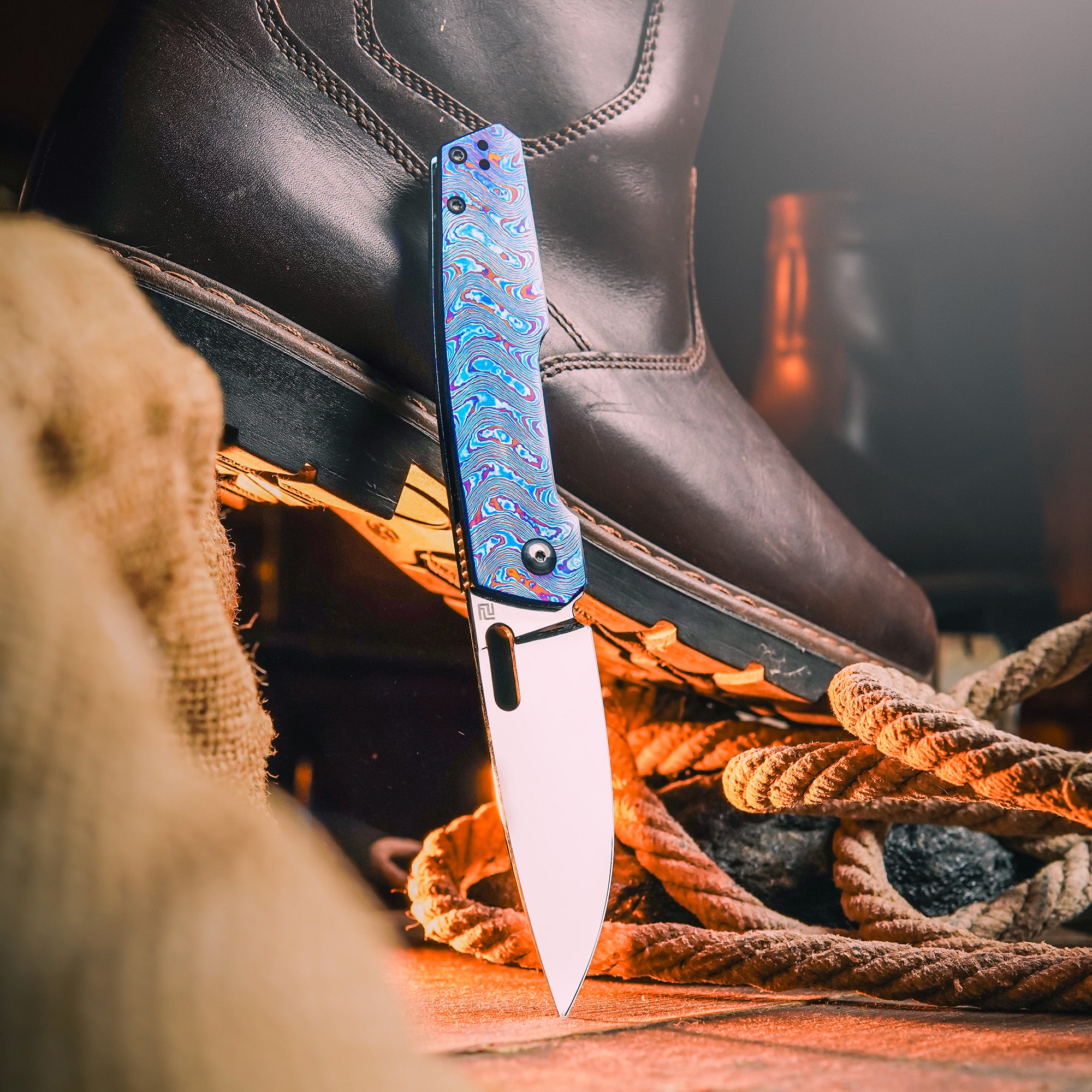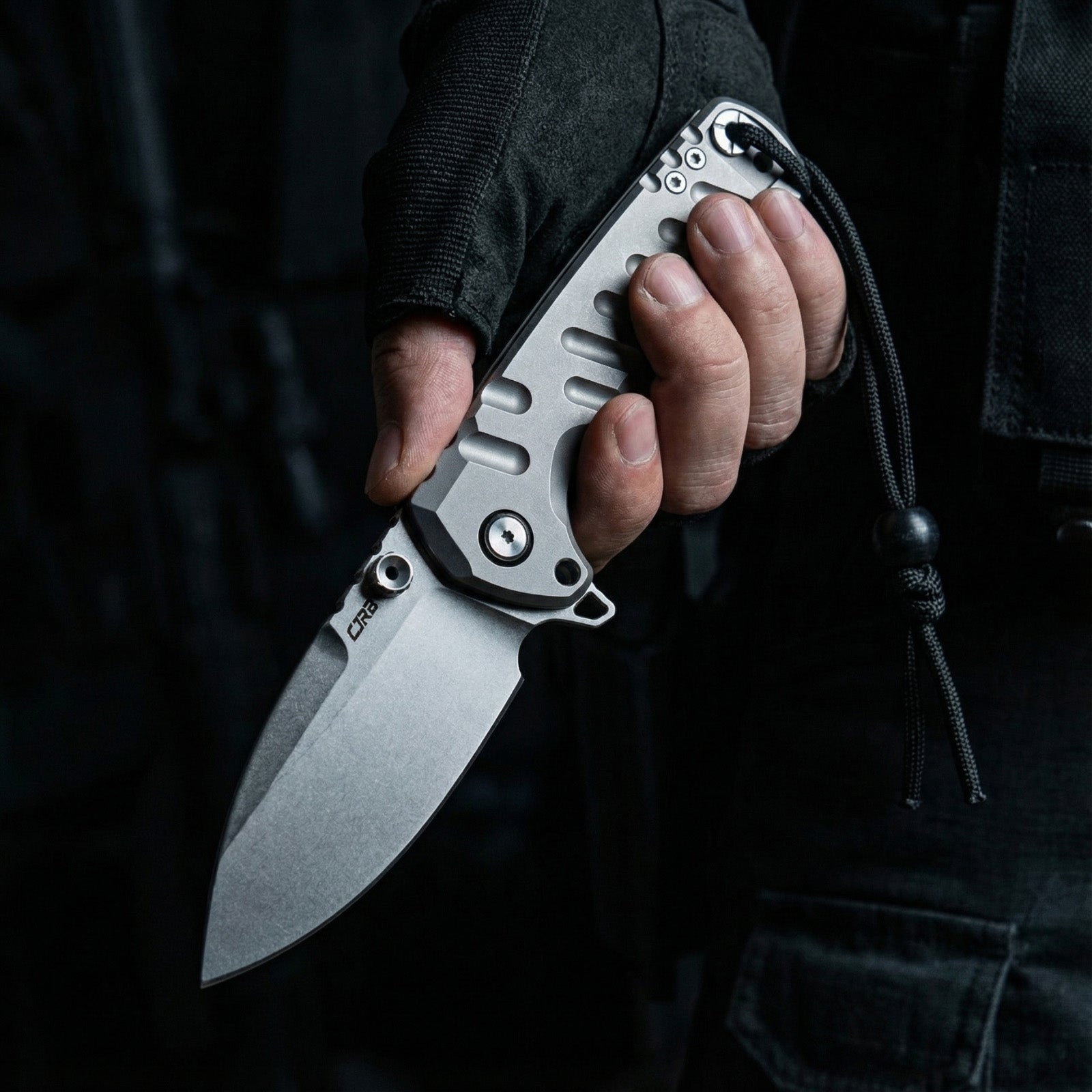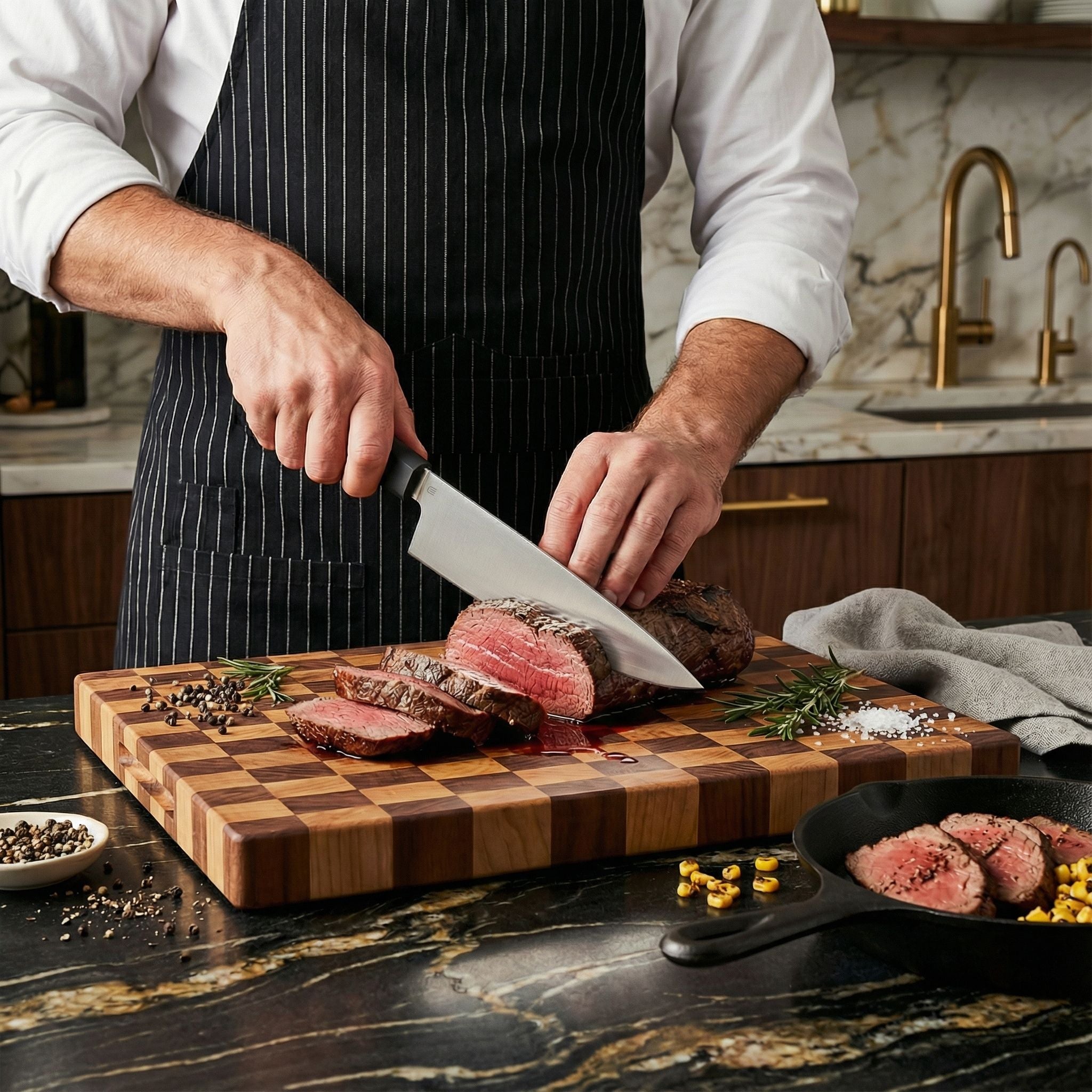For many outdoor enthusiasts, fishing transcends being a mere hobby and becomes a true passion. To enjoy this rewarding activity fully, using the right tools is essential. Among the various tools available, fixed blade knives are often considered the best choice for anglers. This article explores why fixed blades are preferred for fishing by highlighting their benefits, uses, how to choose one, and how to maintain it properly.
What Are Fixed Blade Knives?
A fixed blade knife is recognized for its simple and sturdy design. Unlike folding knives, which have a blade that can be folded into the handle, fixed blade knives have a blade that is permanently attached to the handle. This design usually offers greater strength and reliability, making them perfect for a variety of tasks in fishing.
Benefits of Fixed Blade Knives
To help get a better understanding of fixed blade knives despite its permanent blade and versatile usages, here are more and detailed features of fixed blade knives for you to learn.
1. Durable: Fixed blade knives are usually crafted from high-quality materials such as stainless steel or high-carbon steel, so they can handle tough conditions and last for a long time.
2. Strong Construction: These knives have a strong design, with the blade running through the entire handle. This design makes the knife stronger and more balanced.
3. Easy to Clean: Because fixed blade knives lack hinges or other movable parts, cleaning them is a breeze.
4. Safety Features: Many fixed blade knives come with protective sheaths or covers, keeping the blade safe when the knife is not in use. You don't need to worry about the secure storage and transport.

Fixed Blade Knives vs. Folding Knives: Which One is Better for Fishing?
Totally speaking, fixed-blade knives are better for fishing than folding ones. They're super durable and a breeze to use. But say if you go camping or hiking, folding knives will serve better. The best option should depend on the specific tasks planned and personal preference.
Design and Build
Fixed blade knives have a blade that doesn't fold into the handle. They're simple and sturdy. With a full tang which runs through the handle, they are more suitable for tough jobs like filleting fish or cutting strong materials. Folding knives fold into the handle, though making them compact and easy to carry, this design can wear out over time, affecting how reliable the knife is.
Ease of Use: Quick Access
You don't have to unfold fixed blade knives. This makes them quicker to use, so anglers can cut lines or clean catches more quickly. Folding knives take longer to open, which can slow down the process when immediate action or quick decisions are needed, such as removing a hook from a fish.
Safety Considerations
Fixed blade knives come with sheaths to protect the blade when not in use. Their rigid design helps you hold them securely, reducing the chance of slipping. Folding knives can be unsafe if the lock fails or the blade opens accidentally. Take care when using and storing them to avoid injury.
Toughness and Maintenance
Fixed-blade knives are made to last and are usually made from tough materials like stainless steel or high-carbon steel. They don't bend or break easily. Cleaning a knife is also easy because there are no hidden areas for dirt to get stuck. Folding knives are made from durable materials but can fail since they have joints or springs. Due to the hinges that allow grime to accumulate easily, cleaning folding knives usually takes more efforts.
Versatile or Not?
Fixed blade knives are amazingly versatile tools that can help you with all kinds of tasks, even when you're not fishing! They're great for preparing bait, cleaning fish and tackling various camping chores. Folding Knives are great too, but they're probably better for lighter tasks. They excel at everyday cutting and basic chores, making them ideal for camping and hiking scenarios.
Specific Uses of Fixed Blade Knives in Fishing
Fixed blade knives are valuable tools for fishing, now let's see the common ways fixed blade knives are used in fishing:
1. Fillet Fish
Fixed blade knives are great for filleting fish because they have sharp, strong blades. Their solid design helps you make clean cuts along the fish's spine and skin, making it easy to separate the fillets.
2. Cut Line
When you need to cut fishing line or rope, a fixed blade knife has the strength to slice through tough materials quickly, which is important in emergencies or when you need to change your tackle.
3. Prepare Bait
Anglers use fixed blade knives to prepare bait. These knives help cut up fish, trim squid, and slice other types of bait. The strength and control of these knives make them perfect for the task.
4. Clean Fish
After catching a fish, a fixed blade knife is essential for cleaning it. It helps gut the fish and remove scales easily, ensuring a fast and smooth process.
5. Open Oysters and Shellfish
Fixed blade knives are also good at opening oysters and other shellfish while fishing. These knives are strong and make it easy to handle hard shells safely.
6. General Camp Tasks
On camping fishing trips, fixed blade knives are useful for many things beyond fishing. People use them for preparing food, building shelters, starting a fire, and doing various outdoor tasks.
7. Emergency Situations
In emergencies, a good fixed blade knife helps cut tangled lines or assist with first aid. Another great thing about a fixed blade knife is that it can double as a self-defence knife. This gives you that extra layer of safety in unexpected situations.
8. Make Repairs
A fixed blade knife works well for quick repairs on fishing gear. You can use it to fix a torn net or adjust your tackle easily because it is strong and simple to use.

How to Choose the Right Fixed Blade Knife for Fishing
Find the Right Size and Weight
A blade that is too long can be cumbersome, while one that is too short may not effectively handle larger fish. An optimal blade length for general fishing tasks typically ranges from 4 to 7 inches. For weight, lightweight knives are easier to carry, especially if you're hiking to your fishing spots. However, ensure that the knife is still robust enough to handle demanding tasks.
Choose Blade Materials
The blade material affects performance and durability.
1. Stainless Steel: This material doesn't rust, making it good for wet environments. It needs regular maintenance but is easier to take care of than high-carbon steel.
2. High-carbon Steel: This steel keeps its edge and stays sharp. However, it can rust more easily and needs extra care.
Comfortable Handles for Better Control
The handle of a fixed blade knife is important for comfort and control, especially if you use it for a long time. When choosing a handle, think about the handle materials and shape. Rubber or textured plastic handles give you a better grip, especially when they are wet. Wooden handles can look nice but might be slippery. A handle that feels good in your hand helps you stay comfortable and have better control, which is very useful for tasks like filleting fish.
Extra Features to Consider
Make sure the sheath is strong and keeps the blade safe to protect both the knife and you. Some fixed blade knives also have extra features, like built-in tools such as fish scalers. Others are designed for specific types of fish, making them even more useful for certain fishing situations.

How to Care for Your Fixed Blade Knives
After each use, especially in saltwater environments, it's important to clean and maintain your knife carefully.
Rinse It Off
Remove any residue by rinsing the blade with fresh water right after use. This is especially crucial after cleaning fish or preparing bait, as saltwater can cause rust and corrosion.
Dry It Well
Use a soft cloth to dry the blade completely. This step helps prevent moisture buildup that can lead to rust, especially in humid or salty conditions.
Check for Wear
Regularly check the knife for any signs of wear or damage. Look for rust spots or nicks, and address them promptly to keep your knife in good shape.
Keep It Sharp
Keeping your knife sharp makes cutting and filleting much easier. Invest in good sharpening tools like whetstones or honing rods that fit your type of blade. When sharpening, hold the blade at the right angle and apply steady pressure to get a nice, sharp edge.
Store It Safely
Always put your knife back in its sheath after use. The sheath protects the blade from scratches and keeps it safe. Store the knife in a dry place to reduce the chance of rust. If you plan to keep it away for a long time, consider putting a thin coat of oil on the blade. This helps protect it from moisture and salt.
Enhance Your Fishing Experience with Fixed Blade Knives!
Now that you are equipped with the all-around basics of using fixed blade knives for fishing, from advantages to care and maintenance, take some time to explore the different options available out there. Investing in a good quality fixed blade knife can change your fishing trips for the better, making sure you're ready for anything that comes your way.










Leave a comment
All comments are moderated before being published.
This site is protected by hCaptcha and the hCaptcha Privacy Policy and Terms of Service apply.